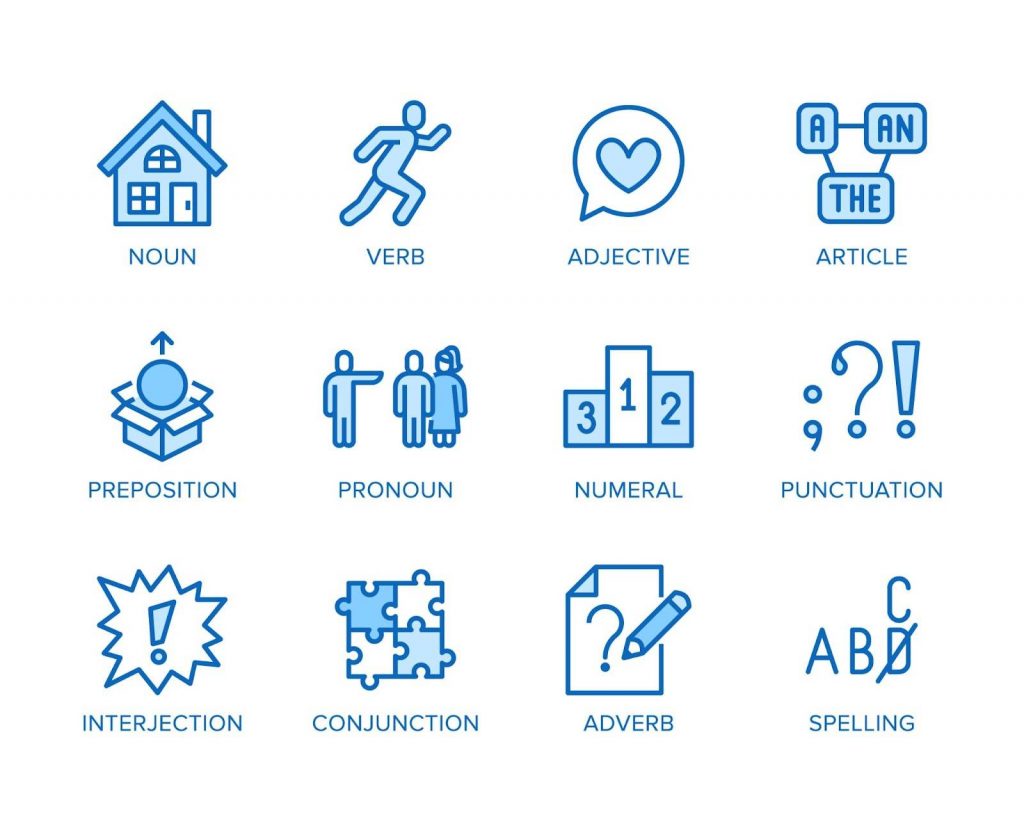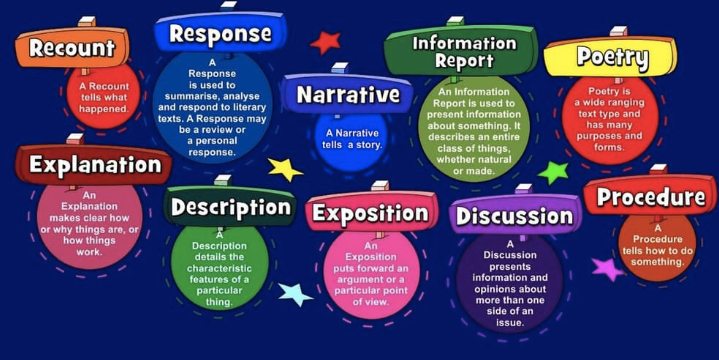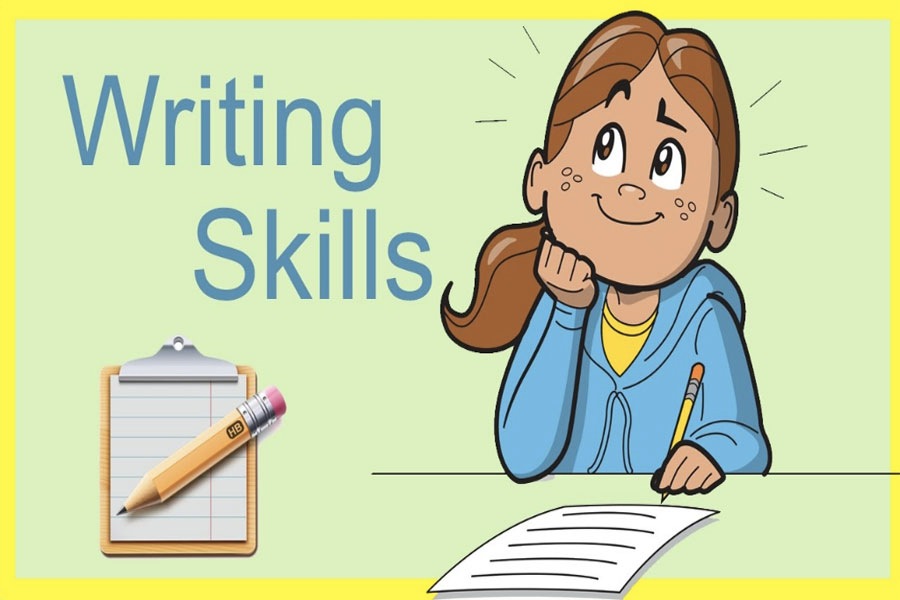Have you ever wondered why some children seem to excel at writing while others struggle to put their thoughts on paper? It’s a common concern among parents and educators alike, especially in a world where communication skills are more important than ever. Finding effective ways to improve writing skills for kids is a goal we all share, but how do we achieve it?
Math & ELA | PreK To Grade 5
Kids see fun.
You see real learning outcomes.
Watch your kids fall in love with math & reading through our scientifically designed curriculum.
Parents, try for free Teachers, use for free
This blog will cover a structured approach to developing your child’s writing skills. By the end of this guide, your child will be equipped with the tools they need to express themselves more effectively and confidently through writing.
Step 1: Cultivate a Reading Habit

- Start Early:
One of the most effective ways to improve writing skills in kids is to introduce them to the world of reading as early as possible. When children are exposed to reading from a young age, they not only learn new words but also understand how sentences are structured, and stories are built. This early exposure lays a solid foundation for their writing skills.
- Diverse Materials:
To keep their interest alive and kicking, it’s crucial to offer children a variety of reading materials. By diversifying their reading materials, children explore different writing styles, learn new vocabulary, and understand various perspectives. This opens their minds to different ways of expressing thoughts, which is a key component in how to improve writing skills.
SplashLearn offers a variety of books for kids to read according to their reading levels:
- Decodable Books
- Leveled Readers
- Bedtime Stories
- Story Books Featuring Fun Characters
Track Your Kid’s Reading Progress:

Related Reading: Best Reading Websites For Kids
- Discuss:
Talking about what they read is as important as the reading itself. When you discuss a book or any reading material with your child, you encourage them to think critically about the story, the characters, and the message. Ask them questions like, “What do you think will happen next?” or “Why do you think the character did that?”
This engages them in a way that mirrors the writing process. They learn to form opinions and articulate their thoughts, which are essential skills in writing. Engaging in discussions about reading materials is a powerful strategy as it teaches kids to connect with the material on a deeper level and express their insights effectively.
Begin with these reading skills enhancing games:
Step 2: Encourage Writing Regularly

Encouraging kids to write regularly is a cornerstone in developing writing skills. When children make writing a habit, they improve their ability to express thoughts clearly and become more creative and confident. Here’s how you can support this habit:
Related Reading: Best Writing Apps for Kids
- Creative Worksheets
Creative worksheets are a fun and effective way to engage children in writing. These worksheets can include word puzzles, word matching, and sentence completion exercises that make writing enjoyable and reinforce writing skills and strategies. By solving these worksheets, children learn to think creatively, structure sentences, and use new words, all of which are essential components of writing.
Begin here:
- Daily Journal
Maintaining a daily journal offers numerous benefits. It provides a personal space for children to express their thoughts, feelings, and daily experiences. This practice helps develop writing skills and encourages them to reflect on their day, fostering a habit of mindfulness and self-awareness.
- Writing Prompts
Using writing prompts is a fantastic way to stimulate creativity in young writers. Prompts can range from imaginative scenarios to questions about their daily life, encouraging them to think outside the box and explore different writing styles. This exploration is crucial in developing writing skills, allowing children to experiment with their voice, tone, and narrative structures.
Related Reading: Best & Creative Journal Prompts for Kids
- Letters and Emails
In today’s digital age, teaching kids the value of writing to communicate with others is more important than ever. Writing letters and emails to friends and family members not only practices formal and informal tones but also emphasizes the importance of clear communication. It’s a practical application of writing in real-world scenarios, showing children the power and impact of their words.
Related Reading: Best Writing Activities for Kids: Creative Pens at Play
Step 3: Focus on Vocabulary Expansion

Expanding a child’s vocabulary is a key factor in ways to improve writing skills for kids. A rich vocabulary allows kids to express themselves more clearly and creatively in their writing. Here are some effective methods to enhance their vocabulary:
- Vocabulary Building Worksheets
Adding vocabulary-building worksheets to your child’s learning routine is an effective method to enhance their word bank. These worksheets can range from matching words with their meanings, filling in blanks with appropriate words to creating sentences with new vocabulary.
Begin here:
- Word of the Day
Implementing a “Word of the Day” strategy is a simple yet powerful way to expand your child’s vocabulary gradually. Each day, introduce a new word, its meaning, and how it can be used in a sentence. Encourage your child to use this new word throughout the day in their conversations or writing.
- Read Aloud
Reading aloud to children, or having them read aloud to you, offers dual benefits. Firstly, it exposes them to new words in context, which is crucial for understanding usage and nuances. Secondly, reading aloud improves pronunciation and helps in retaining new vocabulary. This interactive activity also allows for immediate explanations of unfamiliar words, enhancing comprehension and the ability to use these new words in writing.
Related Reading: Best Vocabulary Activities for Kids: Word Wizards
Step 4: Teach Grammar and Syntax

Understanding grammar and syntax is crucial for children to write correctly and effectively. Here’s how you can help lay a solid foundation and improve their skills in this area:
- Basic Grammar
Starting with the basics of grammar is essential. This includes understanding parts of speech, sentence structure, and punctuation. Teaching basic grammar helps children form correct sentences and express their ideas clearly. By knowing how to construct sentences properly, children can communicate their thoughts more effectively, making their writing not only correct but also more engaging.
Start here:
- Editing Practice
The importance of self-editing cannot be overstated. Encouraging children to review and edit their writing teaches them to pay attention to detail and critically evaluate their work. This practice not only helps in correcting grammatical errors but also in refining their writing over time. You can start with focused practice, such as looking for and correcting only punctuation errors, and gradually move to more complex aspects like sentence structure and word choice.
Related Reading: Best Grammar Games for Kids
Step 5: Practice Different Types of Writing

Diversifying the types of writing your child practices is key to developing well-rounded writing skills. Here’s how to approach this:
- Variety
Exposing children to different writing styles and formats includes storytelling, descriptive essays, book reports, and persuasive essays, among others. Each style serves a different purpose and helps children learn to adjust their tone, vocabulary, and structure accordingly. For instance, storytelling encourages creativity and the use of descriptive language, while persuasive writing teaches them to present arguments logically.
Related Reading: Best Storytelling Activities for Kids
- Guided Writing
Structured guidance in writing is important, especially when children are exploring new types of writing. Guided writing involves providing a clear framework or outline for a writing task, which can help children organize their thoughts and focus on the task at hand. This could be as simple as giving them a template for a book report or a step-by-step guide for crafting a story.
Through guided writing, children learn how to structure their work, develop ideas, and link thoughts coherently, which are essential skills for any type of writing.
- Feedback
Constructive feedback is a powerful tool for fostering improvement in writing. When giving feedback, focus on both strengths and areas for improvement. Highlight what they did well to encourage them, and offer specific suggestions on how they can make their writing even better.
For example, if a child writes a story, you might compliment their imaginative plot but suggest they develop their characters more deeply. Feedback should be a balance of encouragement and constructive criticism, helping children understand that writing is a process of continuous learning and growth.
Step 6: Create a Supportive Environment

Creating a supportive environment is crucial for children, especially for those who may be struggling with writing. A nurturing atmosphere can significantly enhance their learning experience and contribute to their writing development. Here’s how you can create such an environment:
- Setting Goals: The Importance of Achievable Targets
Setting clear, achievable goals is another essential aspect of creating a supportive environment for children learning to write. When setting goals, it’s important to ensure they are specific, measurable, attainable, relevant, and time-bound (SMART). For a child struggling with writing, this could mean setting a goal to write a short paragraph each day, learning five new vocabulary words a week, or completing a simple story over a month.
- Encouragement: The Power of Positive Reinforcement
When you acknowledge their efforts and progress, no matter how small, you validate their hard work and encourage them to keep trying. Highlighting what they’ve done well before addressing areas for improvement can make them more receptive to feedback and eager to improve. This approach is fundamental as it builds a positive association with the learning process.
Related Reading: How to Use Positive Reinforcement: 7 Best Tips
- Writing Space: Creating a Conducive Space for Writing
Designating a specific area for writing that is quiet, well-lit, and comfortable can help your child concentrate better and feel more inclined to write. This space doesn’t need to be large or elaborate; a small desk with organized supplies can make a big difference. A dedicated writing space signals to your child that writing is an important activity deserving of its own special place, thereby supporting them in their efforts to improve their writing skills.
- Be a Role Model: Demonstrating the Value of Writing in Everyday Life
By incorporating writing into your daily routine you demonstrate that writing is a valuable skill beyond the classroom. Whether it’s writing a shopping list, sending an email, or jotting down notes for a project, showing your child that writing is a part of everyday life can inspire them to explore writing outside of academic assignments. Being a role model in this way is one of the most effective ways to improve writing skills for kids, as it provides them with a tangible example to emulate.
Related Reading: Best Writing Apps for Kids
Conclusion
Improving your child’s writing skills is a journey that involves patience, practice, and support. By following these steps and consistently applying these ways to improve writing skills for kids, you can help your child become a confident and capable writer. Remember, every effort counts in nurturing their growth and love for writing.
Related Reading: How to Improve Handwriting: 10 Effective Tips for Parents
Frequently Asked Questions (FAQs)
How do you help a child who is slow in writing?
To help a child who is slow in writing, encourage them with positive reinforcement, break writing tasks into smaller, manageable steps, and provide them with plenty of time to practice without pressure.
How can I get my 5-year-old to practice writing?
To get your 5-year-old to practice writing, make it fun by using colorful markers, engaging in activities like tracing letters in sand or with finger paints, and praising their efforts to keep them motivated. Incorporating writing into playtime activities can also be very effective.
What causes poor writing skills in students?
Poor writing skills in students can be caused by a lack of reading, insufficient practice, limited vocabulary, and inadequate feedback on their writing. Sometimes, it’s also due to a lack of interest or confidence in their writing abilities.
How can students improve their writing skills?
Ways to improve writing skills for students include reading regularly to enhance their vocabulary and understanding of sentence structure, practicing writing consistently, seeking feedback to learn from mistakes, and engaging in exercises that focus on different aspects of writing, such as grammar, punctuation, and style.








































